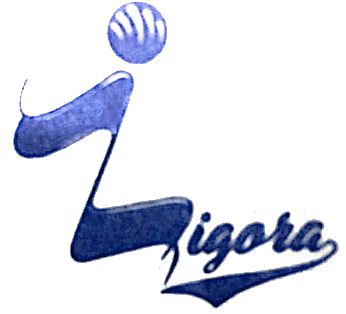Journal of Physical Education for Secondary Schools (JPESS), peer-reviewed journal (print and online) published by Program Studi Pendidikan Jasmani Kesehatan dan Rekreasi, Universitas Pendidikan Indonesia, which was founded in 2020. It publishes articles of a high standard on various aspects of the Physical Education covering a number of disciplinary bases, including instructional models;
Teaching approach in Physical Education for Secondary Schools;
Teaching style in Physical Education for Secondary Schools;
The teaching method in Physical Education for Secondary Schools;
Content and curriculum knowledge in Physical Education for Secondary Schools;
Children and context knowledge in Physical Education for Secondary Schools;
Physical Fitness Students in Physical Education for Secondary Schools;
other disciplinary perspectives on Physical Education for Secondary Schools.
The articles published in the journal are written in Bahasa Indonesia or English. Accepted papers will immediately appear online followed by printed in hard copy. The e-journal provides free and open access to all of its content on our website.
ISSN
E-ISSN:2776-4648 | P-ISSN: 2776-3307
Tools
Indexed
In collaboration with
Vol 5, No 1 (2025): Improving Quality of Life Through of Physical education
Table of Contents
Articles
|
Siti Aida Lamat, Noor Diyanah, Muhammad Daniel, Muhammad Zakwan
|
392-399
|
|
Risnawati Risnawati, Oom Rohmah, Sufyar Mudjianto, Teten Hidayat, Agus Gumilar, Syarifatunnisa Syarifatunnisa, Amung Ma’mun, Nuryadi Nuryadi
|
400-407
|
|
Wan Amirul Aidid, Siti Hawa Adawiyah, Emil Azrai, Muhammad Alif Aiman
|
408-416
|
|
Muhammad Zuhair, Nur Athirah, Zafirah Izzati, Muhammad Fareez
|
417-426
|
|
Hamzi Iqbal, Nur Ashikin Zaki, Muhammad Imran
|
427-435
|
|
Naufal Nur Fadhillah Karim, Reshandi Nugraha, Tika Fitriani, Farhan Hakiki, Destisona Sayekti, Bara Akmal Kusuma, Afna Rochilul Hamam
|
436-445
|




.png)




